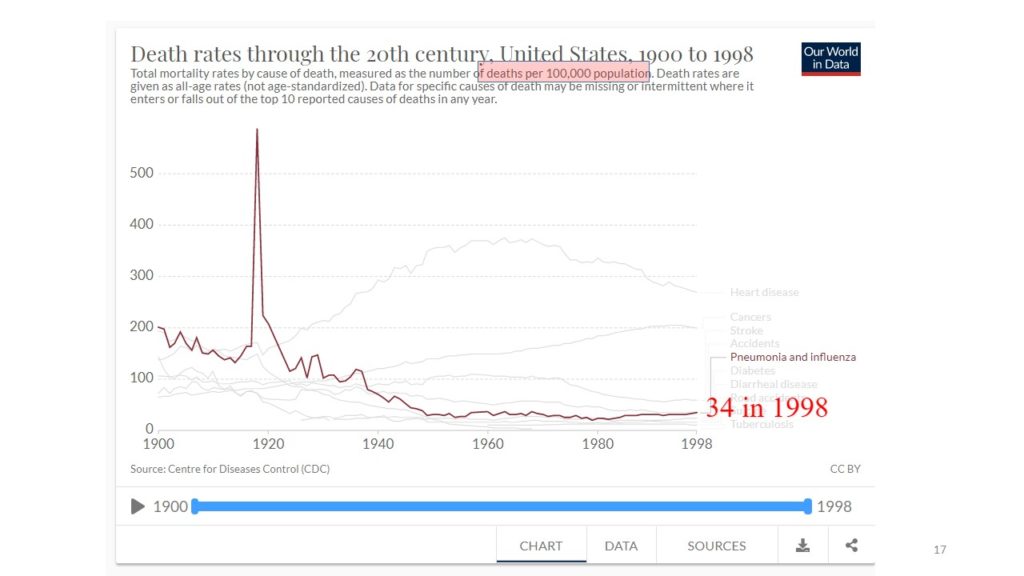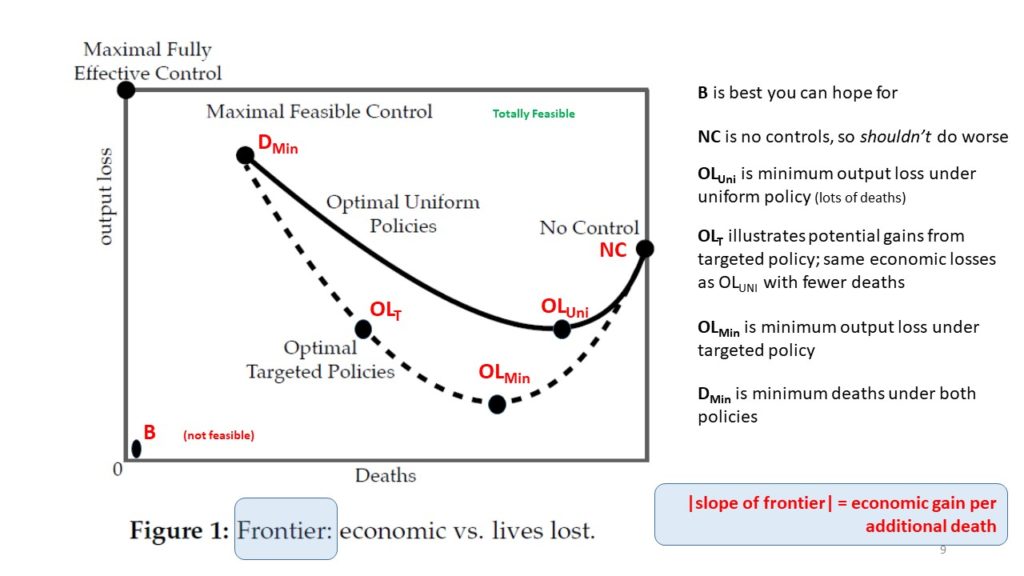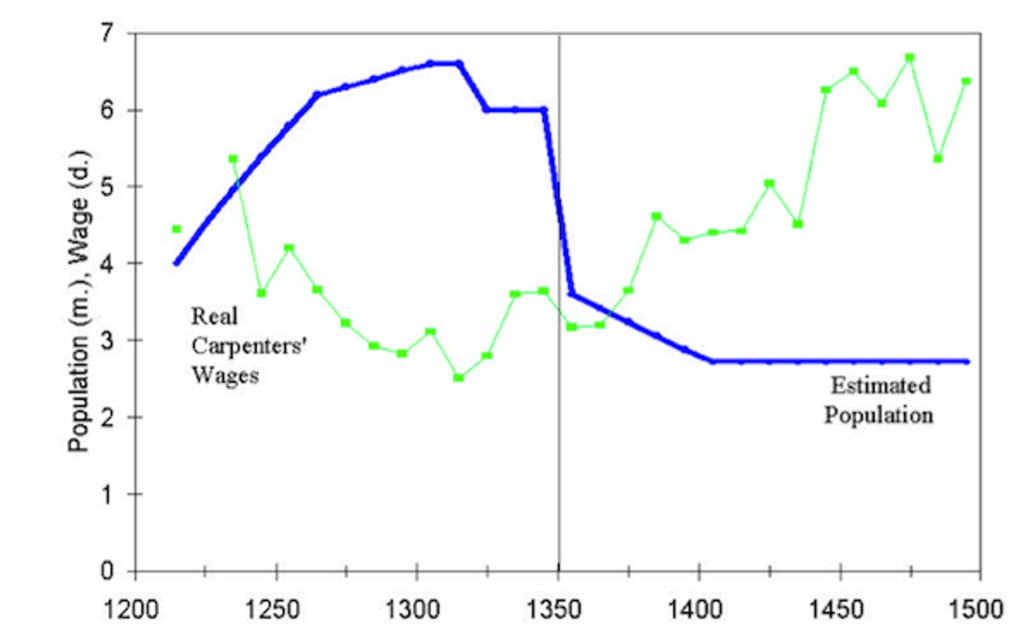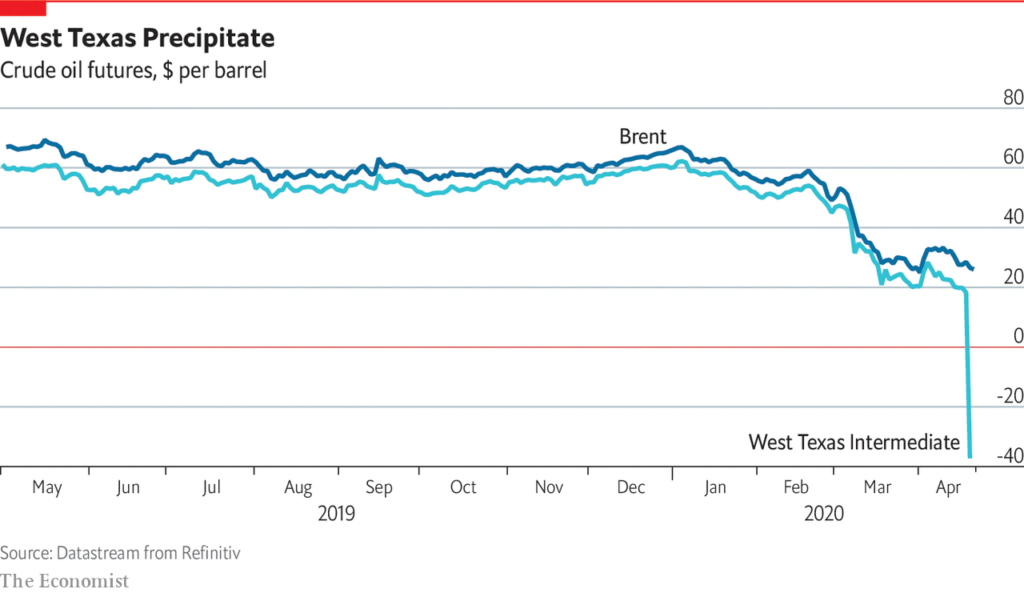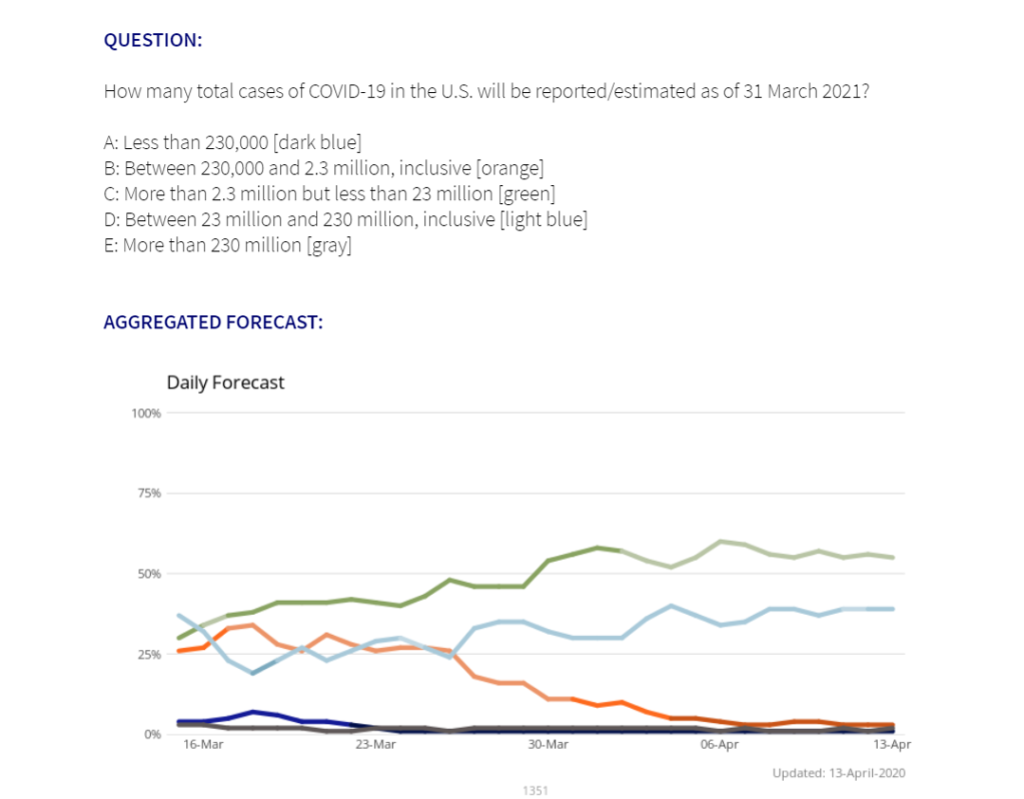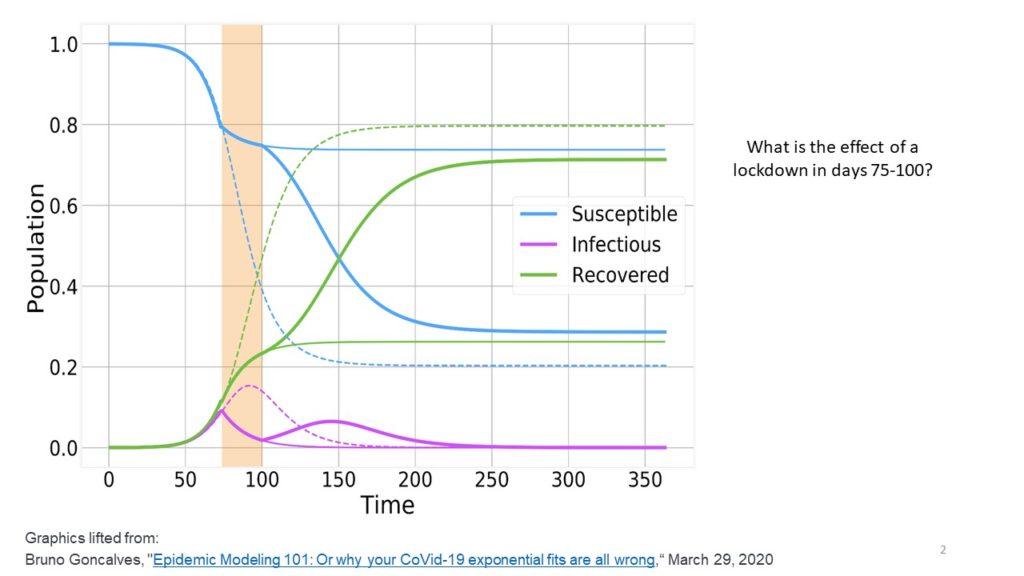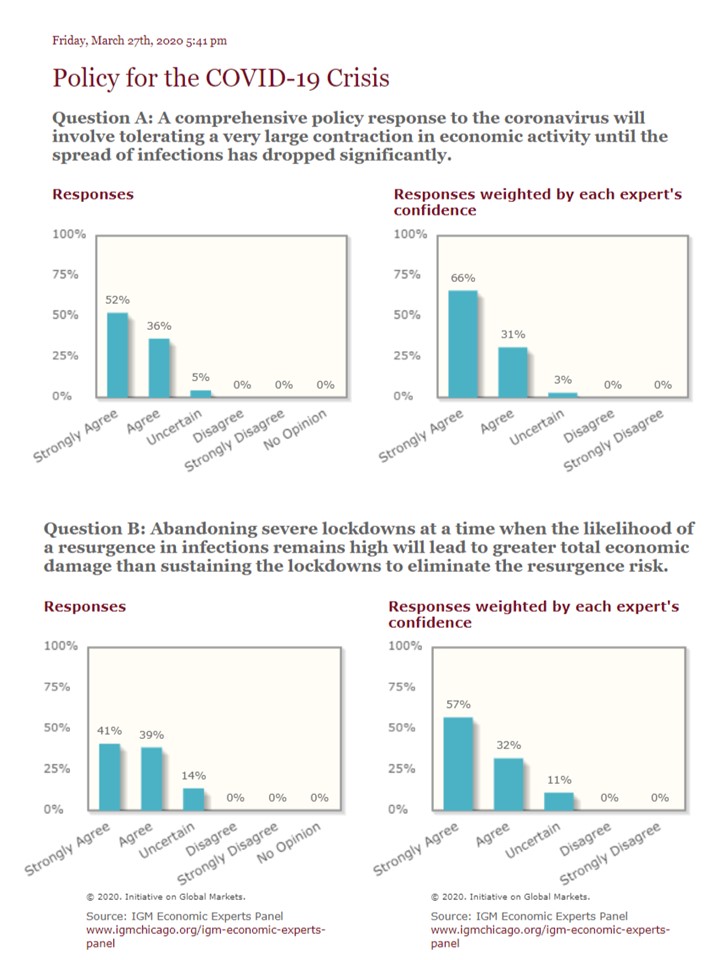The Stock Market, the “Alphabet” Recovery, Uncertainty, and the Debt Overhang. Whew!
For this last week we will think about the macroeconomic challenges going forward and reflect on the current state of the world. In the former case, we have readings about the disconnect between the US stock market and the US economy, the “alphabet” possibilities for recovery, whether the economy is suffering from a demand or a supply-side shock (SPOILER ALERT: It’s both), and whether uncertainty or debt are likely to be a drag on recovery (SPOILER ALERT: Yes to both).
After that, we have (at least) two on-going pandemics aside from CoVID-19, malaria and HIV/AIDS. Pick one and do the readings.
If I knew then what I knew now I would have included a reading on civil unrest. I think in this case the trigger came from an unexpected place, but the fact that we see people in the streets is not surprising, I don’t think.
Professor Snowden wraps things up for us telling us to be on the lookout for SARS and the flu. You can learn a lot from that guy!
Where is the Economy Headed?
- “The market v the real economy,” The Economist, May 7, 2020
- Louise Sheiner and Kadija Yilla The ABCs of the post-COVID economic recovery, Brookings Institution. May 4, 2020
- Pedro Brinca, Joao B. Duarte, and Miguel Faria-e-Castro, “Is the COVID-19 Pandemic a Supply or Demand Shock?” Federal Reserve Board of St. Louis, May 19, 2020
- Scott R. Baker, Nicholas Bloom, Steven J. Davis, and Stephen J. Terry, “COVID-induced economic uncertainty,” NBER Working Paper 26983, 2020.
- Jamus Lim, “Growth in the shadow of COVID-19 debt,,” VoxEU May 11, 2020
The Continuing Malaria Pandemic
- Goodman, Catherine, et al. “The economics of malaria and its control.” Scientific Working Group on Malaria (WHO/TDR ed) (2003).
- (495 Only) Maskin, Eric, Célestin Monga, Josselin Thuilliez, and Jean-Claude Berthélemy. “The economics of malaria control in an age of declining aid.” Nature communications 10, no. 1 (2019): 1-5.
The Continuing HIV/AIDS Pandemic
- Edoardo Gaffeo, “The economics of HIV/AIDS: A survey.” Development Policy Review 21.1 (2003): 27-49.
- Mark Kramer, “Lessons from Operation ‘Denver,’ the KGB’s Massive Disinformation Campaign,” MIT Pres Reader, May 26, 2020
Not the Last Word
- Frank Snowden, “SARS, Avian Influenza, and Swine Flu: Lessons and Prospects,” Epidemics in Western Society Since 1600, Yale Open Courses
Tacked on for Good Measure (Optional, possibly useful)
(More on Conspiracies): Frederick Kaufman, “Pandemics go hand in hand with conspiracy theories,” New Yorker, May 13, 2020
(Krugman weighs in): Noah Smith, “Paul Krugman Is Pretty Upbeat About the Economy,” Bloomberg, May 27, 2020
(What?, indeed): Eric Lipton et al., “The CDC Waited ‘Its Entire Existence for this Moment.’ What Went Wrong?” New York Times, June 3, 2020

